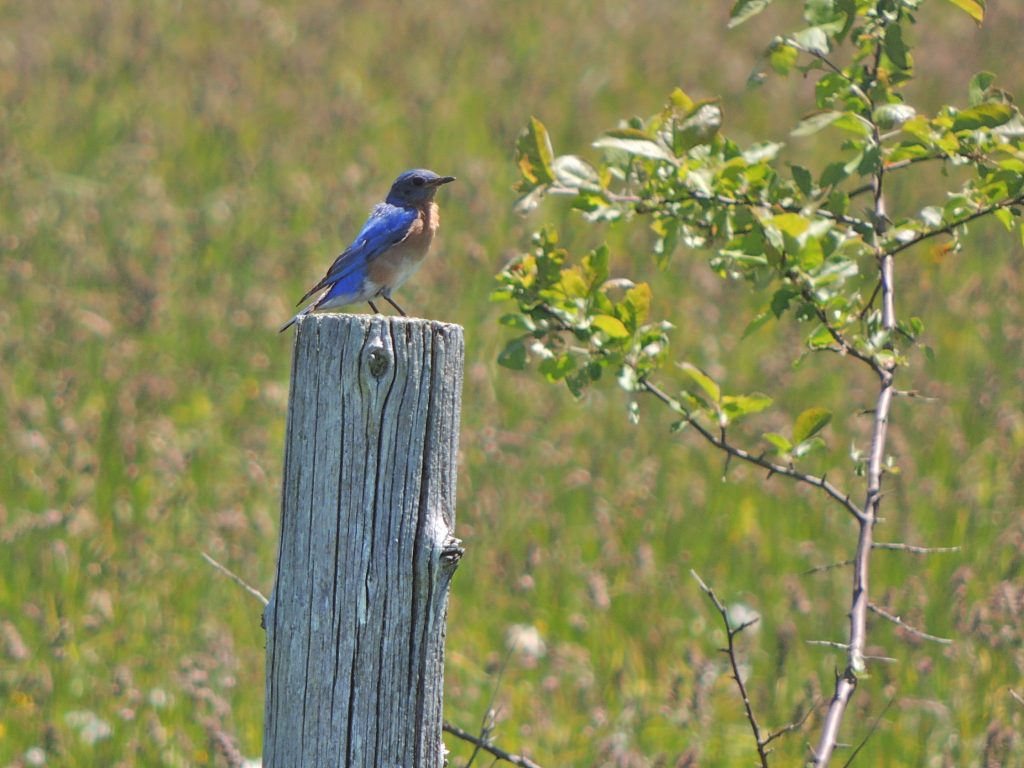February 3 2018. Captain Cootes Trail, Royal Botanical Garden Arboretum, Hamilton, ON. One of my young friends runs a once-a-month programme for people who want to learn more about birding. He styles it Not-Just-Another-Birding-Club and it’s invariably well attended. I’m privileged to be invited along as a back-up pair of eyes and ears and, it’s hinted, for my elder-wisdom. Of course the meetings include as much outdoor trail time as possible and it’s always an eye-opener how successful we are in finding birds in seemingly impossible winter weather. But I have to remind myself that cold though it may be, as long as birds can find food they’ll probably survive winter, maybe the greater risk is that they themselves may end up as food for a larger bird, a Cooper’s Hawk or a Great Horned Owl.
There were plenty of Black–capped Chickadees, the odd White–breasted Nuthatch and a single White–throated Sparrow. A small group of American Crows held our attention for a while, one in particular was making a strange staccato throat rattle. The rattle is one of dozens of recognized crow vocalizations but one without attribution as to its purpose; maybe it was shivering. I spotted a Brown Creeper but it was so far away and hard to pick out amongst all the monochromatic trees that the others in the group had to take my word for it. Similarly a little later someone spotted a couple of Eastern Bluebirds but they scattered and it was devilishly difficult to re-find any of them. I suppose I had the benefit of experience in knowing how to find and see a small bird in the twiggy distractions of a forest. Eventually I was able to find one, maybe two, and against the whites and greys of a winter woodland, a brief flash of electric blue was all I needed for it to be my Bird of the Day. Here’s a bluebird from a different kind of day.

I can’t imagine what the bluebirds are finding to eat at thus time of year. I’m in the Creemore area and we are snow covered but maybe you don’t have snow at the RBG. Do they eat things other than insects?
While almost everything is snow covered, frozen solid and hard as concrete there is a small spring in the woods, more of a swampy seep, where free water trickles/runs year round. it’s an interesting spot and it’s not unusual to find several birds hanging around. So, being open and unfrozen, there must be something to eat in there, invertebrates I imagine. It would be an interesting exercise (for someone) to investigate just what is alive and wriggling in that wetness. Bluebirds live on a diet of insects, spiders, small fruit and the occasional small vertebrates (according to Cornell Labs’ excellent Birds of North America website). In and around the arboretum there is plenty of fruit available: lots of ornamental Crab Apples and the like, Staghorn Sumach is common enough and RBG constantly wages war with alien species of buckthorn and honeysuckle both of which bear berries and which are evidently edible though not actively sought out until the lean days.